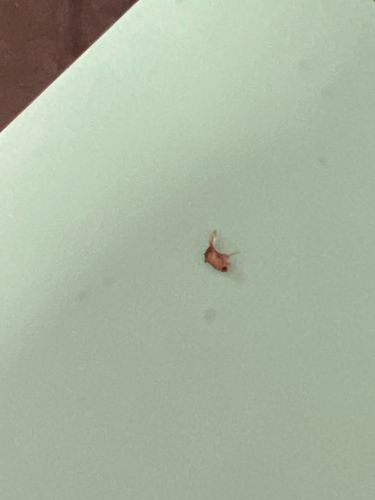Cigarette Beetle
Scientific Name: Lasioderma serricorne
Order & Family: Order: Coleoptera, Family: Ptinidae (formerly Anobiidae)
Size: Typically 2-4 mm (0.08-0.16 inches) in length.

Natural Habitat
Cosmopolitan, found worldwide. They infest homes, food processing plants, warehouses, and retail stores where dried food products, tobacco, or other susceptible materials are stored. They thrive in warm, humid conditions.
Diet & Feeding
They are generalist feeders and consume a wide range of dried plant products, including tobacco, spices, dried fruits, cereals, pet food, and even pharmaceuticals, books, and dried floral arrangements. Both larvae and adults cause damage.
Behavior Patterns
Cigarette beetles are attracted to light and are active primarily during warmer months. Females lay eggs on food sources, and larvae emerge to feed, developing through several instars before pupating. The entire life cycle can be completed in about 30-90 days, depending on temperature and food availability. They are known for their ability to chew through packaging materials.
Risks & Benefits
Risks: Considered a significant pest of stored products, causing economic losses by contaminating and damaging a wide variety of foodstuffs and other materials. They do not bite or transmit diseases to humans. Benefits: None significant in a human context, though they play a role as decomposers in natural environments.
Identified on: 8/31/2025